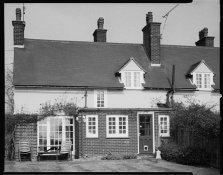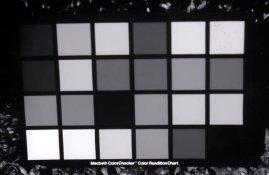I'm trying to test a home made pinhole camera that we will be using for 6 month exposures. I want to check the coverage and distortion that we can expect by doing a quick exposure test with Ilford Multigrade IV 5X7 paper.
The focal length is about 64mm and the hole is 2mm diameter. This gives me an aperture of f32. I just need to know what the ISO rating of the paper for test exposures. I've been looking on line but I can't seem to find anything.
Anyone know where to find this info?
The focal length is about 64mm and the hole is 2mm diameter. This gives me an aperture of f32. I just need to know what the ISO rating of the paper for test exposures. I've been looking on line but I can't seem to find anything.
Anyone know where to find this info?

















